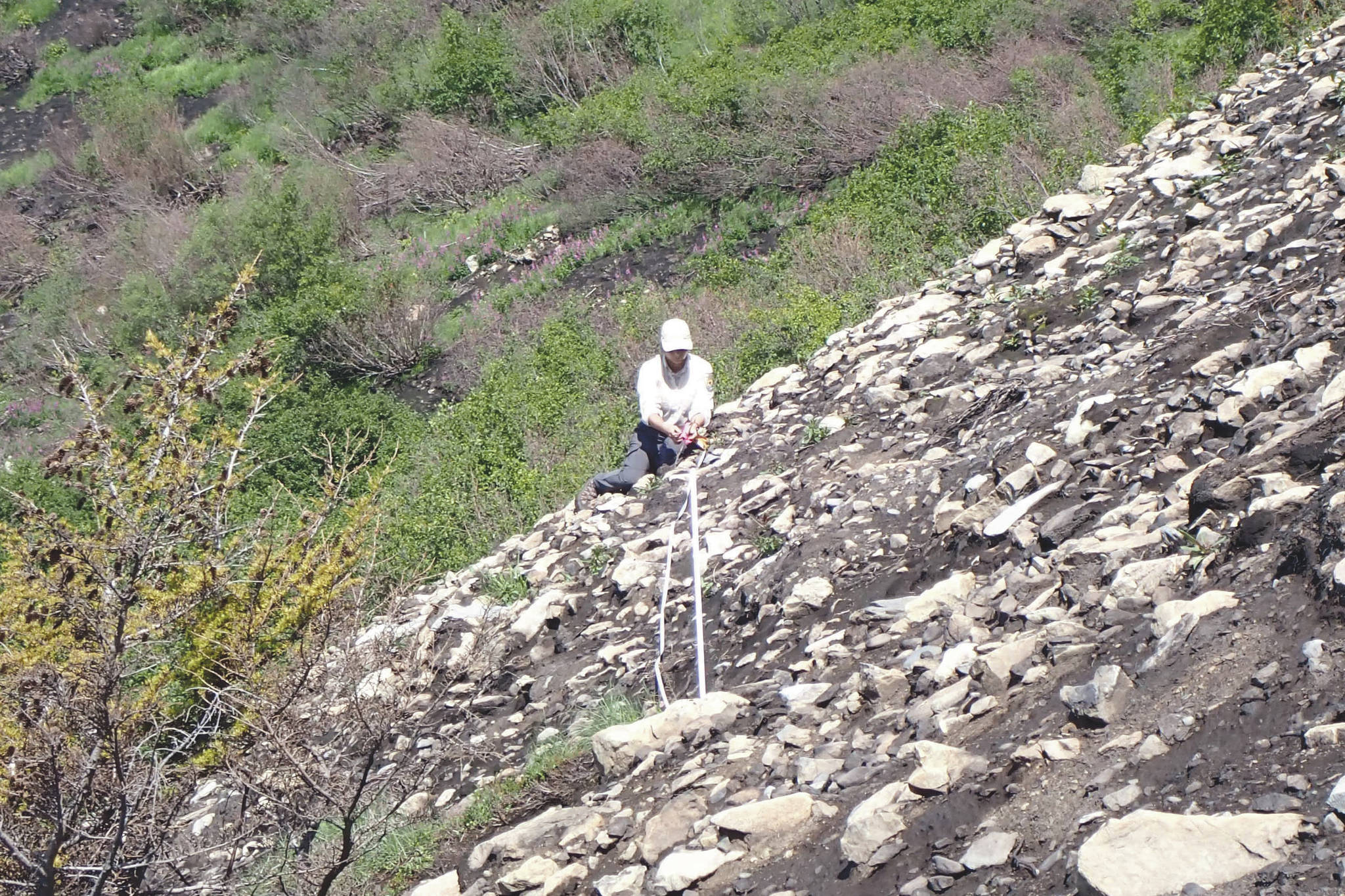A friend and colleague recently sent me a list of “things to consider” as 2020 drew to a close (all credit to the unidentified source of these thoughtful truisms).
My favorites were something along the lines of, “I need to practice social distancing from my refrigerator,” and, “I hope the weather is nice tomorrow for a trip to my backyard. … I’m getting tired of my living room.”
Suffice it to say, the COVID-19 pandemic has upended our lives and livelihoods in many ways, and so was the case with the staff and work at the Kenai National Wildlife Refuge in 2020.
New protocols were established to minimize risks of transmitting the virus among staff and to protect the public. As with many organizations, virtual meetings became the order of the day.
Many of our planned biological and visitor services field projects, particularly those which required travel and establishing remote field camps, were postponed.
Nonetheless, it was a busy and productive year. Refuge biologists initiated monitoring impacts of the 2019 Swan Lake Fire, including measuring the severity of the fire on soils and vegetation, and establishing baselines by sampling in designated plots that will be systematically revisited over time to document vegetation response.
Questions to be answered include whether and how post-fire plant community response will be affected by changing climatic conditions. Additional work on reducing the impacts of invasive non-native plants was also completed, including successful treatment of Elodea, a very injurious aquatic invasive plant, in Sandpiper Lake.
Our trail and cabin crews prioritized emergency repairs of fire-damaged trails including Skyline, Fuller Lakes, Hideout and Kenai River trails, and clearing burned timber around public use cabins so that they could be safely reopened in time for summer use.
Construction was completed on the new Ski Hill Road Multi-use Trail, designed to provide a safe venue for pedestrians (including the four-legged kind) and bicyclists in this popular location.
While the pandemic necessitated the closure of the Refuge Visitor Center and Environmental Education Center, our visitor services staff developed new and innovative ways to connect the public of all ages to the refuge through presentations on social media and other virtual platforms, and through outdoor contacts (socially distanced, of course) with visitors.
The refuge maintenance staff continued to service campgrounds and other recreational facilities, completed repairs to Mystery Creek Road and provided an assist to the Alaska Department of Transportation and Public Facilities on much needed improvements to the western section of Skilak Lake Road.
Thankfully, in the midst of this pandemic and the challenges it presents to our interagency wildland firefighting community, the 2020 fire season locally and throughout Alaska provided a reprieve from 2019’s severe and extremely long season.
Refuge fire staff continued working, albeit remotely, with partners to set the stage for expanding the Sterling Fuel Break, which continues under construction this winter. The need for refuge law enforcement officers to respond to public safety emergencies and protect natural and cultural resources on the refuge remains a constant, with 2020 being no exception.
As we all know, most Alaskans share a passion for and a deep connection with the outdoors, and are among our country’s most active participants in outdoor activities.
In spite of a drastic reduction in visitors to Alaska this summer, refuge trails, campgrounds and cabins hosted consistently high numbers of Alaskans throughout the summer, fall and early winter.
Interestingly, our public contacts indicated that many visitors were out enjoying the refuge for the first time. This trend was consistent across almost all public lands here on the Kenai Peninsula, in Alaska and throughout the country.
The benefits of participating in outdoor recreation to physical health have long been recognized, but the take home for me is that the value of experiencing and connecting with wild places and wild things to our mental health and wellness are perhaps more important than we realize.
I, and all of our staff and volunteers, consider it a privilege to help steward this part of your backyard that is the Kenai National Wildlife Refuge. Our hope for this year and beyond is that the refuge will always provide opportunities for people to personally connect with the natural world in ways both meaningful and enjoyable, and reap the many benefits of doing so.
After all, what better way to reduce those excess visits to the refrigerator than spending days outdoors hiking, camping, fishing, hunting, photographing, river floating, canoeing, skiing, gathering morel mushrooms, berries and other edibles, and (fill in with your favorite activity)?
From our entire staff, best wishes for a happy, healthy and safe 2021.
Andy Loranger is the Refuge Manager of the Kenai National Wildlife Refuge. He previously had the privilege of working on the Refuge as a Wildlife Biologist from 1988 to 1992. Find more Refuge Notebook articles (1999–present) at https://www.fws.gov/refuge/Kenai/community/refuge_notebook.html.
By ANDY LORANGER
Kenai National Wildlife Refuge


